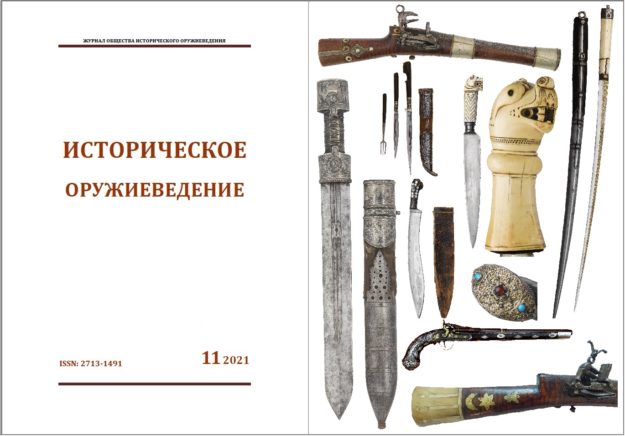“Weapons History Journal”, 11, 2021
Editorial What Dreams May Come Rybel D. A. Iconography of Kite-Shields in the Western European Manuscripts of the Late X-XI Centuries Talantov S. V. Kabardian Craftsmen in the XVIII Century: Production and Decoration of Arms Dvalishvili., Talantov S. V. Arms Production in Adjaro-Gurian region in the end of 18th – early 20th Century Novoselov V. R. Russian Combat Knives of XIV–XVII Centuries: Classification Error and Authentic Artefacts of the Kremlin Armoury Collection Kurbatov O. A. The Legend of “berendeika”. Historical and Linguistic Note Download issue in Russian

